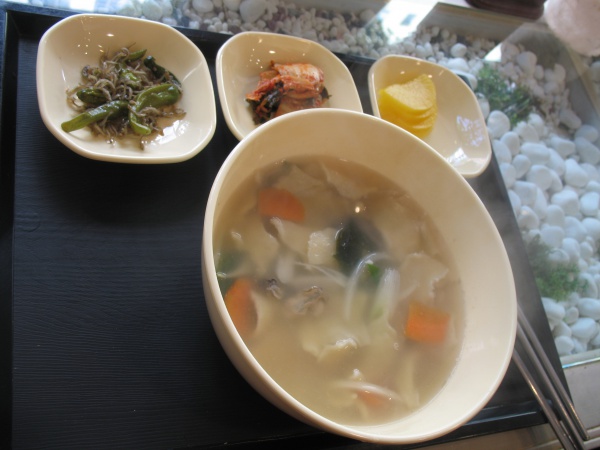Facts About Sujebi
Sujebi: A Taste of Korean Tradition
Sujebi, sometimes referred to as ttŭdŏ-guk or hand-pulled dough soup, is a cherished Korean dish that offers warmth and comfort, especially on rainy days. This traditional soup features hand-torn dough flakes combined with an assortment of vegetables, akin to kalguksu, but with delightful wheat flakes replacing the noodles.
The Perfect Rainy Day Dish
Often enjoyed alongside bindaetteok (a type of Korean pancake), sujebi's rich and flavorful broth is what truly sets it apart. The base is typically made by simmering dried anchovies, shellfish, and kelp for hours, creating a profound umami flavor. To this savory broth, soft dough flakes, vegetables like zucchini and potatoes, and a touch of kimchi are added, making every spoonful a burst of comforting flavors.
A Historical Delight
Sujebi has been around since the early Goryeo period, but it wasn't always called that. The name "sujebi" emerged during the mid-Joseon period, derived from the hanja characters for "hand" and "folded." While it started as a dish for special occasions and feasts, it eventually became a staple for the common folk. In North Korea, it is known as milgaru ddeudeo guk, which translates to "wheat flour torn soup."
Regional Variations
Depending on where you are in Korea, sujebi might go by different names, but its essence remains unchanged. This dish is deeply woven into Korean culinary history and continues to be a favorite comfort food for many.

 North Korea
North Korea